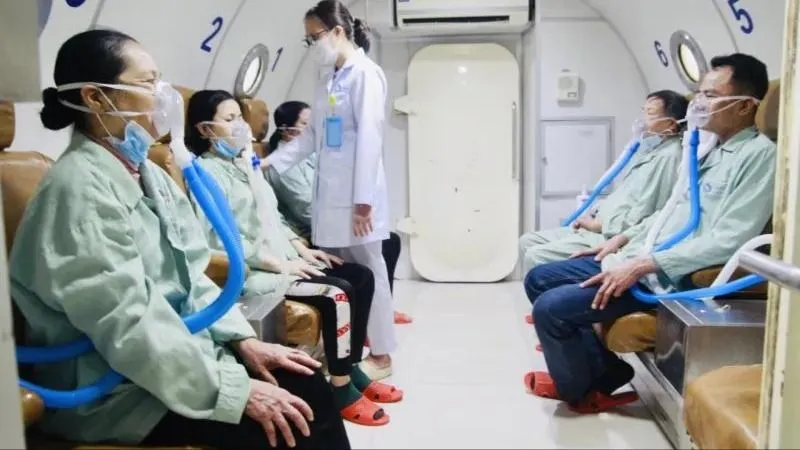
The draft Law on Disease Prevention specifies major policies and guidelines of the Party and State on protecting, caring for and improving people's health in the context of population aging, complex disease progression and requirements for sustainable development.
SGGP Newspaper reporters recorded experts' opinions on this draft law.
Associate Professor, Dr. VU VAN GIAP, Deputy Director of Bach Mai Hospital:
Early screening for timely detection and treatment
REPORTER: Can you share the current practice of treating non-communicable lung diseases?
Associate Professor, Dr. VU VAN GIAP: Non-communicable diseases in general and non-communicable respiratory diseases in particular are a huge burden for developed and developing countries, including Vietnam.
In the respiratory field, lung cancer, COPD, Asthma... are non-communicable diseases caused by previously exposed risk factors such as: smoking, population aging, exposure to environmental risk factors... which over time will cause diseases.
We are still facing the double burden of both non-communicable and communicable diseases. In particular, non-communicable diseases are the main burden of countries, including Vietnam.
What specific benefits does early detection through regular screening bring to patients during treatment?
If both are infected with lung cancer, if detected at an early stage, the treatment will be effective and the possibility of a complete cure will be high. Otherwise, the patient will not be cured.
If lesions are detected through screening, patients will be scheduled for regular check-ups and when lesions progress, they will be treated promptly, saving a lot of money for the national budget, the Health Insurance Fund, as well as for the whole society.
Early screening helps patients receive early treatment, recover quickly, and avoid complications if left untreated.
That is clinical experience, I think the Law on Disease Prevention needs to be included to have legality, increase the chance of early detection, early treatment, helping to save the national budget.
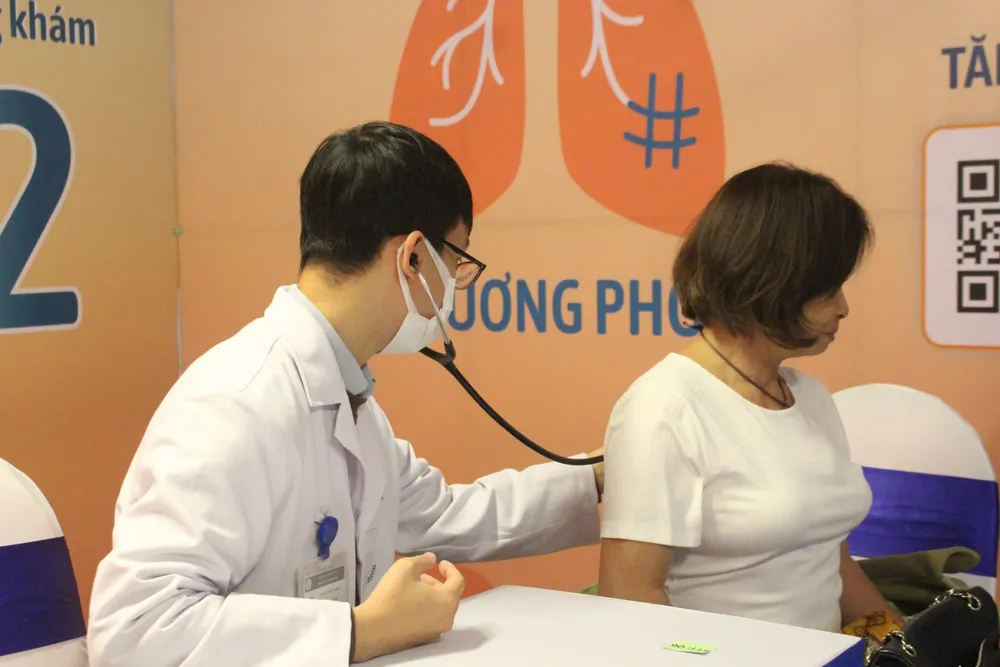
Dr. LE THAI HA, Deputy Director of the Department of Disease Prevention ( Ministry of Health ):
Shift from treatment to proactive disease prevention
What role do screening and early detection play in the strategy of building a healthy population, especially for non-communicable lung diseases?
Dr. LE THAI HA: Early detection along with risk factor assessment is extremely important. The prevention and risk screening work implemented by the Ministry of Health is completely consistent with the guidelines of the World Health Organization, aiming at early detection, proactive prevention and early intervention for chronic lung diseases.
This perspective has also been incorporated into the operations of health facilities, helping to get closer to the people, to help the grassroots health system be more proactive in screening, risk management and early disease detection.
When healthcare is closer to the people, people will receive better health advice, care and preparation, even when they are living in an environment with risk factors.
This is the approach of the Department of Disease Prevention in the process of building and discussing the Law on Disease Prevention as well as implementing Resolution 72 of the Politburo on a number of breakthrough solutions to strengthen the protection, care and improvement of people's health.
Resolution 72 has emphasized shifting the focus from treatment to prevention. How do you think this spirit should be reflected in the upcoming Law on Disease Prevention?
The guiding view of Resolution 72 is an extremely positive mindset, reflecting a change in health care strategy, from focusing on treatment to proactive disease prevention and early detection.
This viewpoint is also being specified by the Department of Disease Prevention (Ministry of Health) in action programs, draft Law on Disease Prevention, national population target program... In which it clearly states: focus on investing in grassroots health care, with the goal that by 2035, 100% of health facilities will be able to screen and manage common and widespread non-communicable diseases in Vietnam, including chronic lung diseases such as COPD and asthma.
This is a very important step forward, helping grassroots health care become the front line in community health care, bringing health services closer to the people, so that they can have early access, early detection and timely care.
So what is the main task of medical facilities in the work of preventing non-communicable diseases that the draft law aims for?
In the draft law, we focus on 3 contents: First, increasing communication information for people also needs the most accurate and necessary information. Second, focusing on investing in primary health care, how to have facilities screen and detect risk factors. Third, Resolution 72 also clearly states that from 2026, every citizen will have regular health check-ups or screening once a year.
Non-communicable diseases are a broad group of diseases, including many different chronic diseases. The Ministry of Health has identified a number of key disease groups that need to be prioritized for control, including chronic lung disease, cardiovascular disease, diabetes, cancer, stroke, chronic kidney disease, etc. and is developing and updating professional guidelines to standardize screening, diagnosis and management of diseases in the community.
Source: https://www.sggp.org.vn/du-an-luat-phong-benh-y-te-co-so-thanh-tuyen-dau-trong-cham-soc-suc-khoe-post819465.html



![[Photo] General Secretary To Lam and his wife begin their official visit to Bulgaria](https://vphoto.vietnam.vn/thumb/1200x675/vietnam/resource/IMAGE/2025/10/23/1761174468226_tbtpn5-jpg.webp)

![[Photo] Prime Minister Pham Minh Chinh chairs meeting on railway projects](https://vphoto.vietnam.vn/thumb/1200x675/vietnam/resource/IMAGE/2025/10/23/1761206277171_dsc-9703-jpg.webp)


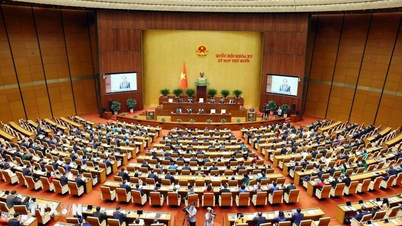










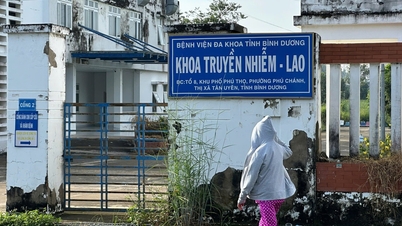

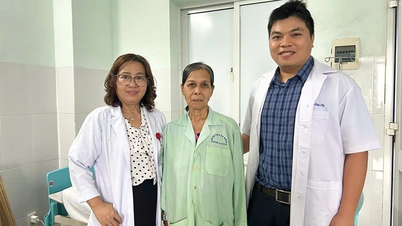

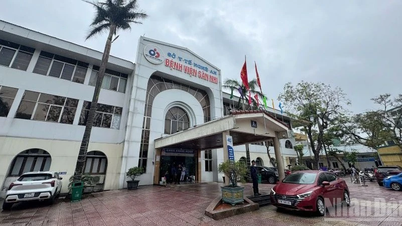










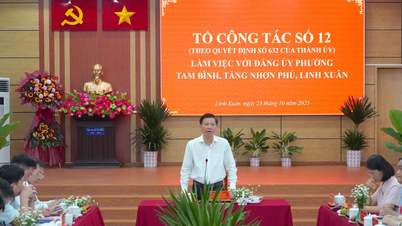















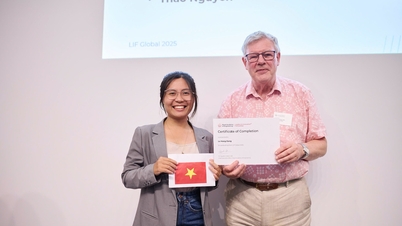



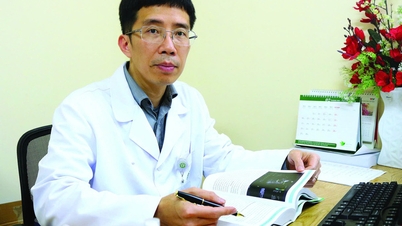









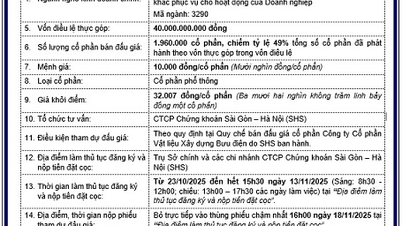
























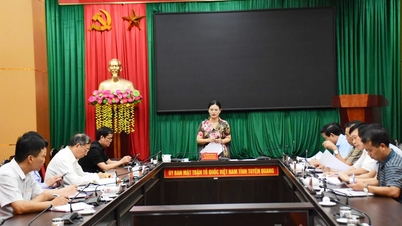

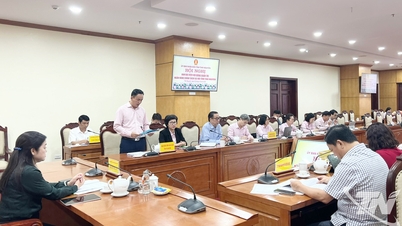

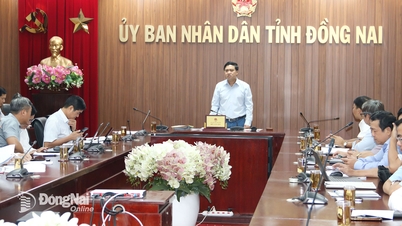



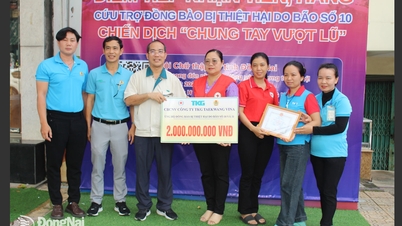















Comment (0)